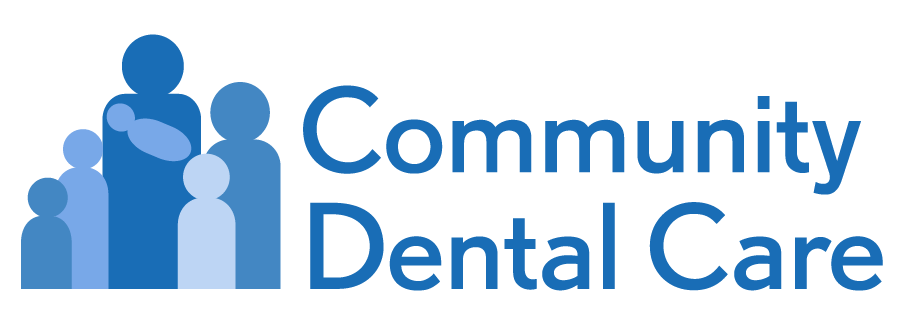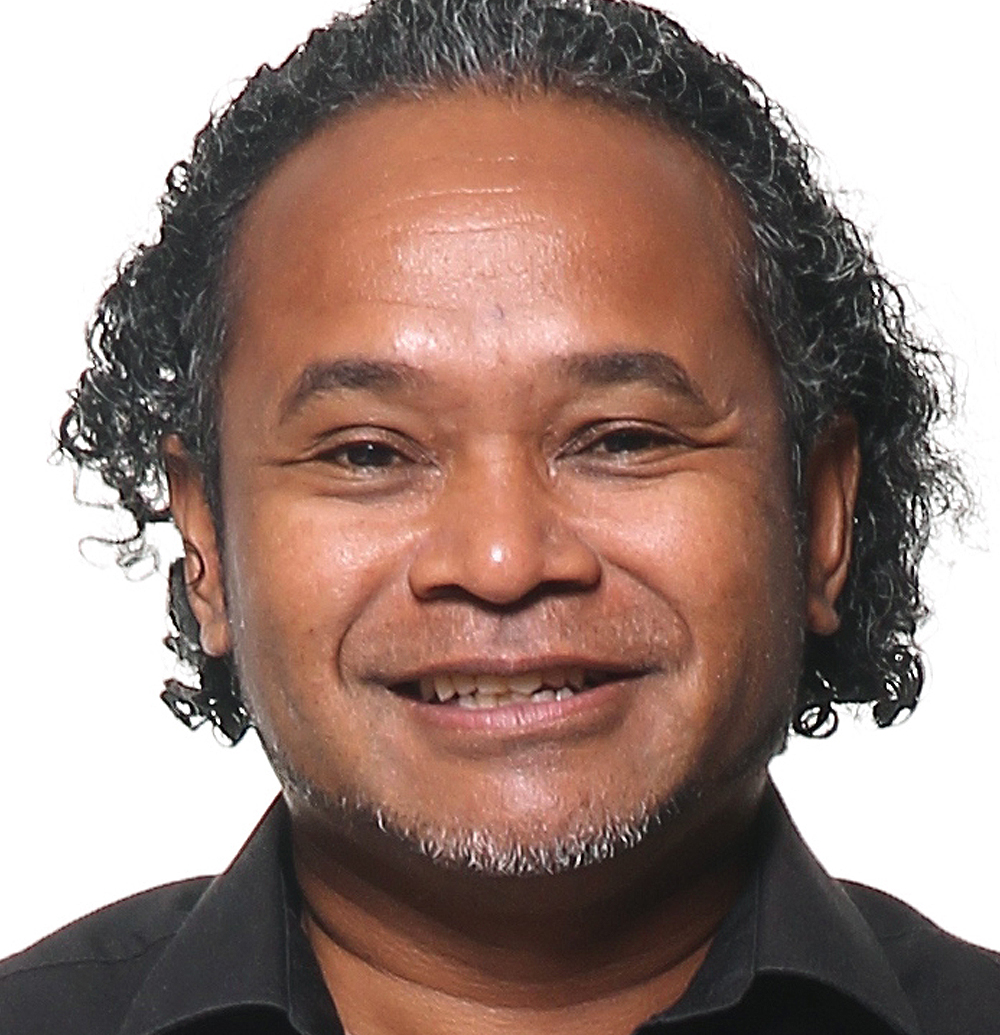FREQUENTLY ASKED DENTAL QUESTIONS
HOW CAN I TAKE CARE OF MY TEETH BETWEEN DENTAL CHECKUPS?
ALWAYS remember to brush your teeth at least two times a day, and floss at least once.
Make sure to use toothpaste that contains fluoride and ask your dentist if you need a fluoride rinse. This will help prevent cavities.
Avoid foods with a lot of sugar (sugar increases the amount of bacteria that grows in your mouth causing more plaque and possibly cavities) and avoid tobacco (this can stain your teeth, cause gum disease, and eventually lead to oral cancer).
Don't be afraid to brush your tongue! By brushing your tongue, you will remove food particles and reduce the amount of plaque-causing bacteria. Tongue brushing also helps keep your breath fresh.
Be sure to schedule your routine checkup. It is recommended that you visit the dentist every six months.
WHAT IS A CAVITY?
A cavity is a small hole that forms inside the tooth because of tooth decay. Cavities are formed when plaque buildup on the outside of the tooth combines with sugars and starches in the food you eat. This produces an acid that can eat away the enamel on your tooth. If a cavity is left untreated, it can lead to more serious oral health problems. You can prevent cavities by remembering to brush your teeth at least two times a day and to floss between your teeth at least once a day.
WHAT IS A FILLING?
A filling is a synthetic material that your dentist uses to fill a cavity after all the tooth decay has been removed. Fillings do not generally hurt because your dentist will numb your mouth with an anesthetic. Fillings are made from a variety of different materials, including composites, gold, or ceramic. If you need a filling, be sure to talk to your doctor about what type is best for you and your teeth.
HOW OFTEN SHOULD I BRUSH MY TEETH?
According to your dentist and the American Dental Association, you should brush your teeth at least two times a day. Brushing keeps your teeth, gums, and mouth clean and healthy by removing bacteria-causing plaque. It is also recommended that you use a soft-bristled toothbrush and toothpaste that contains fluoride when you brush your teeth. You should spend at least a minute on the top teeth and a minute on the bottom teeth and remember to brush your tongue; it will help keep your breath smelling fresh.
WHEN SHOULD I CHANGE MY TOOTHBRUSH?
Your toothbrush should be replaced every three months. If you are using an electric toothbrush, be sure to read the directions, because you may not need to change toothbrush heads as frequently. Patients with gum disease are encouraged to change their toothbrush every four to six weeks to keep any bacteria from spreading. After brushing, rinse your toothbrush with hot water to kill germs and keep the bristles clean. If you've been sick, be sure to change your toothbrush as soon as possible. Never share your tooth brush with another person.








